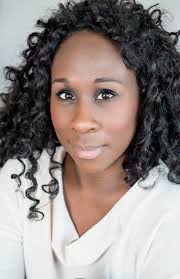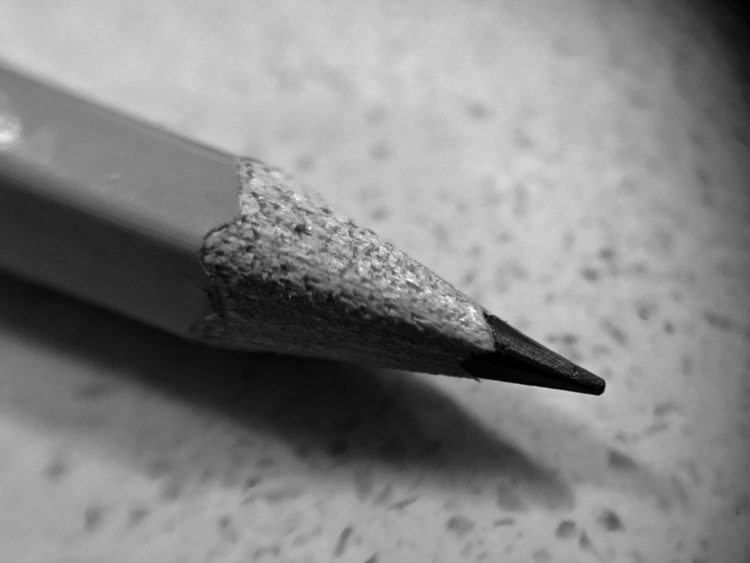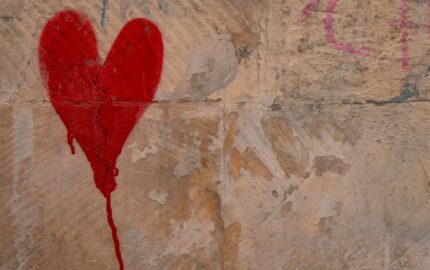A little more than half-way through Esi Edugyan's fine novel, we are with her protagonist at a rude boarding house in Nova Scotia. It is 1834, and Washington Black is a fugitive. He escaped a sugar cane plantation in Barbados where he was enslaved as a boy because a surprising benefactor — a scientist and dreamer — discovers that the boy has a gift for art. Black is horribly disfigured in a fire before the two flee, improbably, in a balloon-powered airship, crash into a smuggler's boat at sea, then make their way to the Arctic. Events ensue — or, in the plainer language of journalism, things happen. Benefactor and boy are separated and Washington Black, who is now alone and bereft, lands in Nova Scotia. He works a series of harsh jobs and has lost any sense of possibility or wonder for life.

Until one night, as he is rowing his employer's skiff back to dock, a bloom of jellyfish paint a dance of colors in the dark water. Black has not picked up a charcoal pencil for years. Now he rushes home and tries to draw what he saw. He wakes the next morning to a restored sense of self, and that luminescent sentence:
"How is it I had let all wonder, all curiosity, seep from me?"
Two things struck me, about our lives as journalists, when I read that line.
First: It is so easy, especially when the news is relentless and dire, to get through on autopilot. We file our stories — but in a way that checks the boxes, meets deadlines, and lets us store our reserves so we can do it again the next day and the next. It's hard to find joy in this work when the news seems especially joyless. It is hard to be openly curious when so many of the events that play out in front of us seem discouraging and predictable. It is hard, frankly, to find a spark of artfulness when what we are trying to do is survive as both professionals and citizens.
But the wonder of journalism is that it really is a daily wonder. Even when the reality we witness is painful, it is a privilege to witness it. There are still so many things to be curious about — the hows and whys and whos of life. And my read of the each day's news reveals the bioluminescence of the human spirit in ways both surprising and humbling.
Second: Once he has the spark back in his soul and the charcoal back in his hand, Washington Black finds that his skills have deteriorated. Specifically:
"How surprised I was to see how poor my drawing had gotten after years of rest. It struck me how grand my talent had once been, how innate and eerie."
Reading that, I thought of the hundreds of fellow journalists and students who, at some point in their careers, feel they have regressed. They've lost their voice. They have defaulted to the formulaic. They are in a rut and don't see the way out. (Someday I might find the journalist who hasn't had a crisis of confidence along the way — though if I ever do, I'm not sure I will like them very much). Like Washington Black when he returned to his art, I look back at the writing I did as an insecure know-nothing and marvel: Where did that spark come from? The work was flawed — often embarrassingly so. But it was sincere and, in an odd way, fearless. I really didn't know what I was doing as a writer, so I just forged ahead and did it. Notebook and keyboard at fingertips (charcoal in hand). The improbable world in front of me (flying ships and arctic ice). I wrote. And kept writing.
Until I stopped, shifting my primary focus to editing and teaching. My understanding of the mechanics of writing expanded, but my own work grew stiff and rusty. The more I learned what to do right, the more I stopped myself for fear of doing something wrong. I didn't know how to bring my deepening theoretical knowledge to my hand as it moved across the page. Perhaps I was never any good. Surely, I would never get better. I had peaked, and was now riding a downward slide.
It is all too easy at that point, to give up. You freeze and hit the autopilot button. Maybe you finally shrug and walk away.
Or, you can accept the ups and downs of the journey and understand that, with each step forward, you carry the burden of knowing more. The wonder isn't lost. It just takes more to tap it — to own what you know, or think you know, and then dig even deeper. The digging comes with the doing. That was Washington Black's approach:
"I would now have to practice what had once come so naturally to me; I would have to retrain my hand. But the prospect did not trouble me. Rather, I felt grateful for the return of the simple urge to draw, at the feelings of calm and peace it brought."



